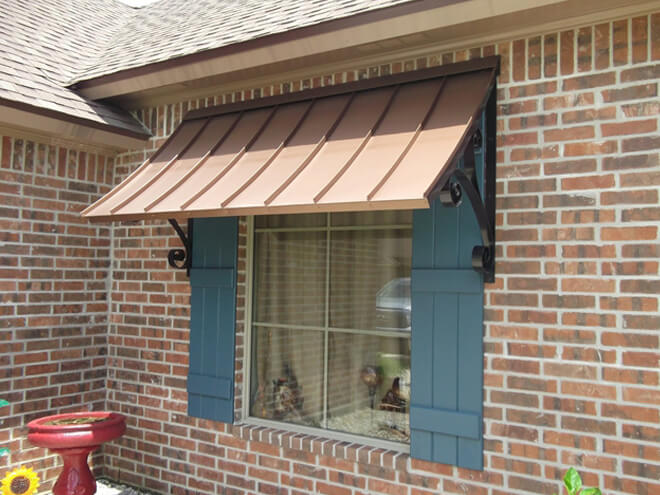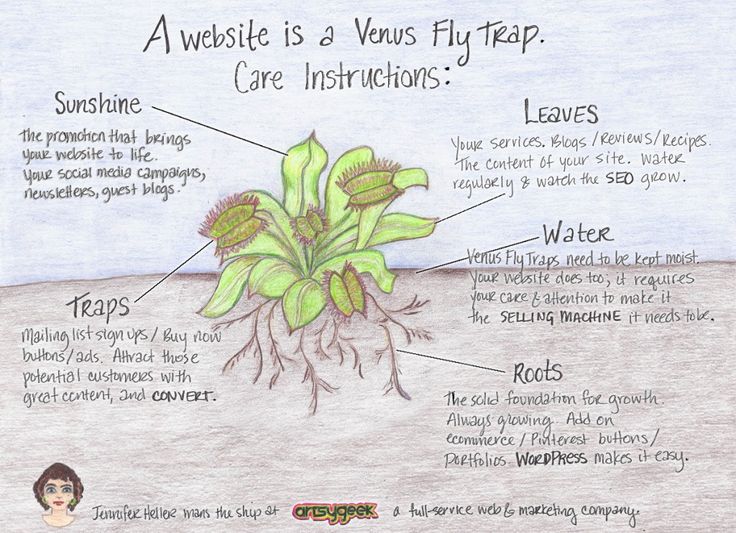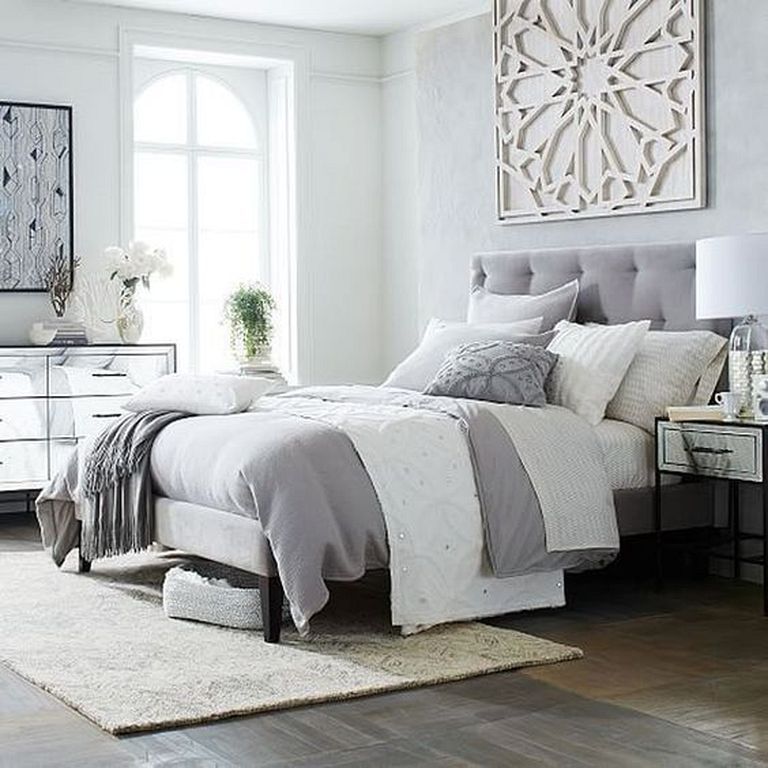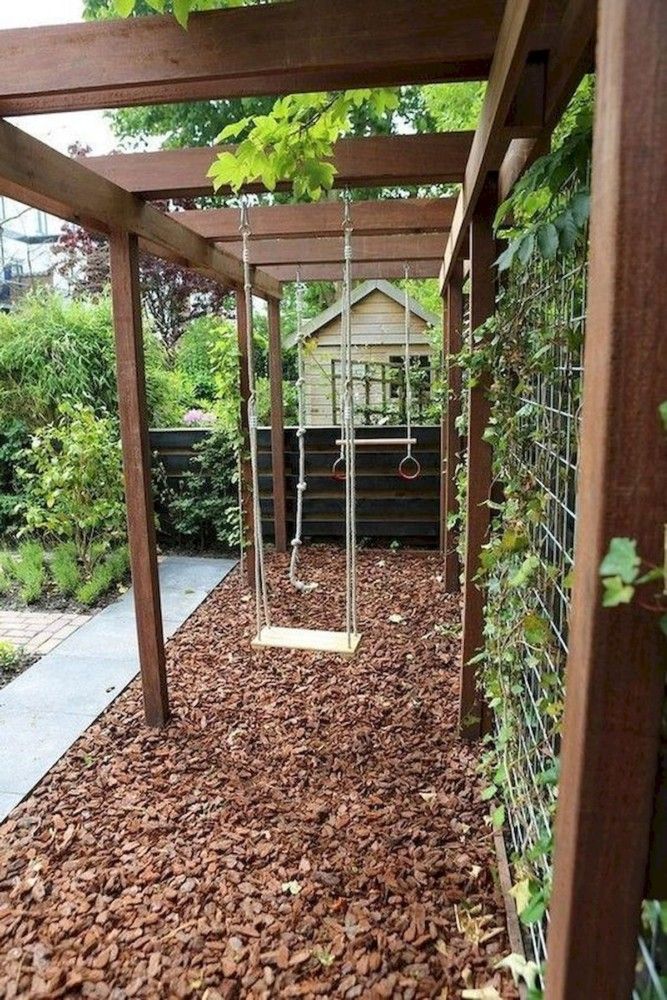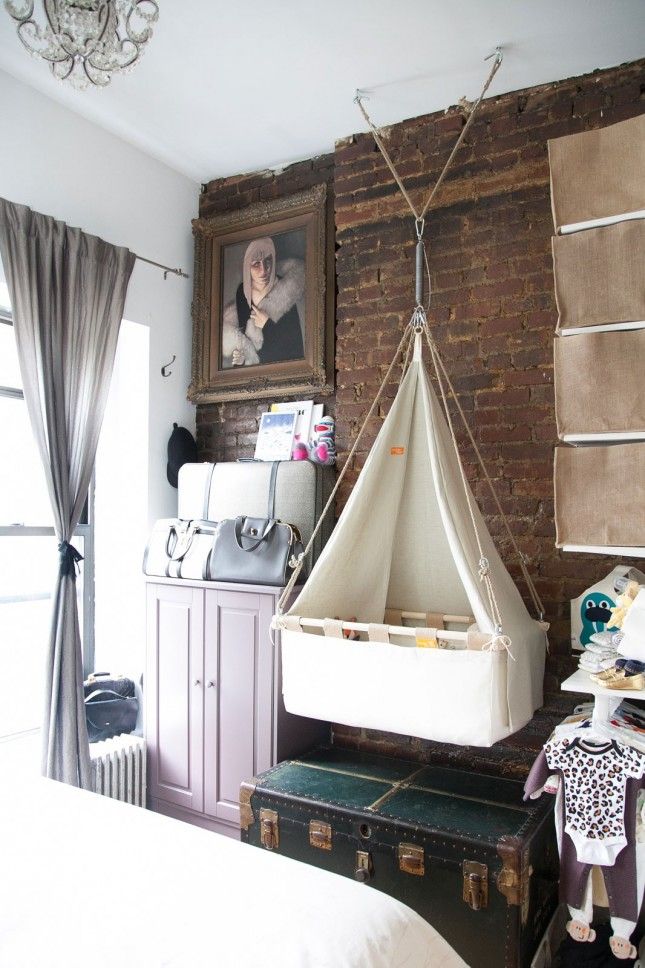Staging the house for sale
How to Stage Your Home for a Quick Sale
When real estate agents talk about staging your home, they're referring to a method of preparing a property for sale on the real estate marketplace. Staging is designed to showcase a home's best assets, impress buyers, and sell it quickly for the highest possible price.
Because not all sellers stage their homes–especially homes in lower price ranges–you'll be at an advantage if you elect to take the extra step of staging your property. Here's how.
Key Takeaways
- Home staging refers to preparing your home to sell so it appeals to the most potential buyers who will pay the highest possible price.
- Relative to the amount of time and money involved, staging may be one of the most lucrative projects you'll ever undertake.
- The living room, kitchen, bathrooms, bedrooms, and outdoor living spaces are all important areas to focus on when staging your home.
- A few recommended home staging tips are to declutter, clean or replace your appliances so they look new, remove any personal items such as photos and monogrammed towels, and get rid of odors.
What Is Home Staging?
Good staging is “a form of visual merchandising that draws on some of the fundamentals of interior design,” says Gordon Roberts, a broker with Sotheby’s International Realty. “The object of staging is to flatter the property but not be too obvious about it, like being dressed without drawing particular attention to what you’re wearing.”
Melinda Massie, who owns a Fort Worth home organizing firm, says that good staging lets the buyers imagine themselves in the home, shows off its good features and hides its flaws, turns weird spaces into usable spaces, creates a mood (stagers call it “emotional” staging), and makes the home look significantly better in photos.
Home staging is not the same as decorating. Decorating is about personal style, while staging makes your home appealing to the largest pool of buyers.
Why Home Staging Is Important
When dealing with such a significant financial transaction as selling a home, you don't want to settle for a lower selling price or a longer marketing period than you have to.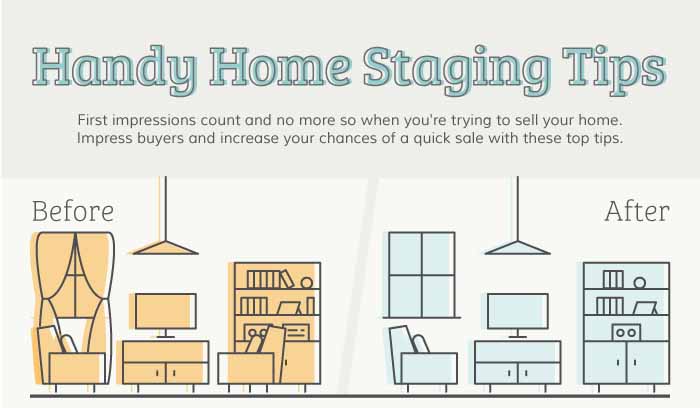
Relative to the amount of time and money involved, staging may be one of the most lucrative projects you ever undertake. Potential buyers aren't just looking for a structure to inhabit—they're also looking for a way to fulfill their dreams and improve their lifestyles. Staging can create a more emotional purchase for the buyer, which ultimately can generate more money for the seller.
Home staging is also beneficial because potential buyers don't want to see work that needs to be done upon moving into the home. For every problem they see, they'll deduct its cost from their offering price. If they see too many problems, they may pass completely on buying the home.
Benefits of Home Staging
Staging a home makes it visually more appealing and allows potential homebuyers to envision how the home might look once they move in to it, making it look more move-in ready. Having furnishings and wall hangings in place is often more inviting than empty rooms and blank walls.
According to the 2021 Profile of Home Staging, a report from the National Association of Realtors (NAR), 47% of buyers' agents said that staging positively affected most buyers' opinions of a home.
The report also found that 82% of buyers' agents say staging makes it easier for buyers to visualize a property as their future home, which can help the home sell faster. According to the report, staging the living room was found to be very important to 46% of buyers, followed by the master bedroom, at 43% and the kitchen at 35%.
Options on How to Stage a Home
Many full-service realtors today will take care of staging your home, many of whom may hire a professional stager to assist in the process. They will find and procure the appropriate furnishings and accessories to keep the home looking good while you're moved out and showing the property. The cost to stage may be split between the homeowner and the realtor's expected commission, but expect to pay between 1% and 3% of the home's selling price on staging.
New trends have homeowners opting for DIY home staging (as opposed to hiring a professional stager) and limiting the number of buyers who come into the home for in-person showings. Yet staging remains an important tool because a well-staged home looks better in photographs—and most buyers are looking for homes online. Be prepared to pay for things like painting, storage organizers, furniture and furnishings rentals, floral arrangements, and cleaning supplies.
Below, we list a dozen tips for how to go about staging your home.
12 Home Staging Tips
According to the NAR report, the most common rooms that are staged are the living room (93%), kitchen (84%), owner's bedroom (78%), and the dining room (72%).
Of course, time and money determine the level of staging that is practical for your home. Try to employ the following techniques in as many rooms of the house as you can afford and have time for.
1. Clean
A clean home shows potential buyers that you've taken good care of the property. Ideally, you should clean every part of the house, from the floors to the ceilings—and everything in between.
Ideally, you should clean every part of the house, from the floors to the ceilings—and everything in between.
If you don't have new appliances in the kitchen, make sure the existing ones are spotless. Likewise, make sure your bathrooms sparkle, from the corners of the tub, to the sink drain, to that spot behind the toilet you don't think anyone can see. Your goal should be to make everything look new.
$1,500
The median amount spent on home staging, when using a specialized staging service was $1,500, according to NAR's 2021 Profile of Home Staging Report.
2. Declutter
There are two major problems with clutter. One is that it distracts buyers from your home's features. The other is that it makes it seem like the home has less space.
Now is the time to box up and put into storage the things you don't need on a day-to-day basis (think: knickknacks, games, papers, seasonal clothes, and messy hobbies). It's also time to get rid of things you no longer need—like the expired food in the back of the cabinets, and the clothes and toys the kids have long since outgrown. The more empty storage space you have, the better.
The more empty storage space you have, the better.
3. Depersonalize
Buyers need to be able to envision themselves in your home, so remove all the family photos, keepsakes, and refrigerator art. Keep clothes hidden away as much as possible, and make sure the bathroom counters are empty (except for hand soap, of course). Likewise, put away all the toys and anything else that is highly personal or evocative of the home's current inhabitants.
4. Focus on Fresh
A few potted plants can do wonders to make your home feel fresh and inviting. If you have a lot of plants, space them out strategically so they don't overwhelm any one area (unless you have a greenhouse). Of course, dead and dying plants don't do much to make your home look well tended.
Another way to make your home seem fresh is to get rid of odors. Pets, kids, last night's dinner, a damp bathroom, and many other conditions can make your home smell. Inexpensive tricks for ridding a home of odors and giving it an inviting aroma include baking cinnamon-coated apples or cookies in the oven (be careful not to burn them), or burning vanilla-scented candles.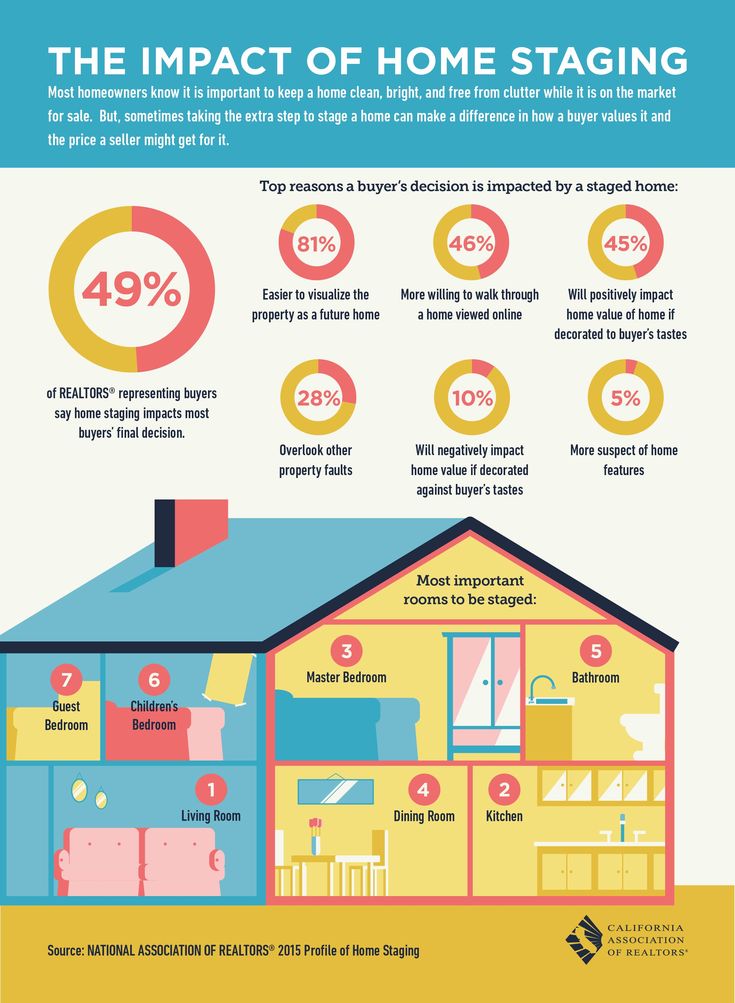
It's also a good idea to wipe down the kitchen sink with half a lemon, then grind it in the garbage disposal to remove sink odors. While you could use an air freshener to deodorize your home, it's best to avoid these since they can trigger allergic reactions and asthma in sensitive people. If you're a smoker and you normally smoke indoors, start limiting your smoking to outside the home and take extra steps to deodorize indoors. Finally, don't forget to take out the trash.
Essential oils (mix one cup of water with eight to 10 drops of oil in a spray bottle, and spray toward the center of each room), herbs and flowers, beeswax candles, and air purifiers are chemical-free ways to freshen the air in your home.
5. Define Rooms
Make sure that each room has a single, defined purpose. And make sure that every space within each room has a purpose. This will help buyers see how to maximize the home's square footage. If you have a finished attic, make it into an office. A finished basement can become an entertainment room, and a junk room can be transformed into a guest bedroom.
A finished basement can become an entertainment room, and a junk room can be transformed into a guest bedroom.
Even if the buyer doesn't want to use the room for the same purpose, the important thing is for them to see that every inch of the home is usable space. This includes alcoves, window seats, corners, breakfast nooks, and other areas.
6. Wallpaper and Paint
It is unlikely that a potential buyer will like your wallpaper. Your best bet is to tear it down and paint the walls with a neutral color instead. It's best not to paint over the wallpaper because it may look shabby and send a signal to the buyer about work they may have to do later.
Potential buyers will likely feel the same way about custom paint colors. You may love your orange bathroom, but people's tastes in colors are very specific and highly personal. You might think white walls are ideal because they create a blank slate that allows buyers to envision their own décor and gives them an easy starting point.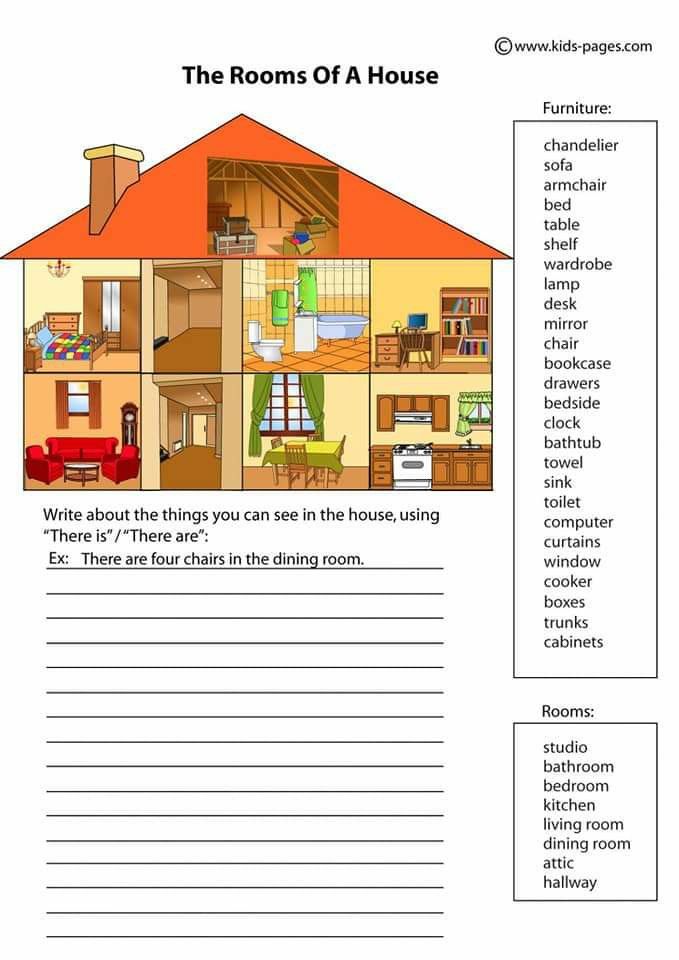 However, it's actually better to paint your home with warm, neutral colors.
However, it's actually better to paint your home with warm, neutral colors.
7. Flooring
No one wants to live in a home with dirty, stained carpet, especially when someone else was the one who dirtied it. And linoleum is outdated and looks cheap. Although pricey, hardwood floors add value and elegance to a home. They are also low maintenance, provide great long-term value, and are perfect for buyers with allergies. In other words, they appeal to almost everyone, and if not, they're easily carpeted over by the buyer and preserved for the next owner.
Common areas like the living room, dining room, and kitchen should be your main focus if you are going to add hardwood floors. Ideally, you should upgrade the bathrooms, too. They have relatively little floor area and therefore won't be too expensive. In kitchens and bathrooms, go with ceramic tile or stone if you can afford it. If not, use high-quality vinyl tiles that mimic these more expensive materials.
8.
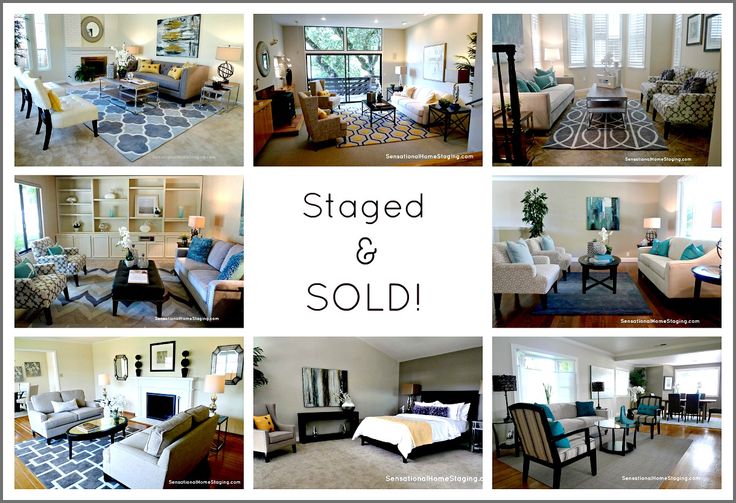 Lighting
Lighting Take advantage of your home's natural light. Open all curtains and blinds when showing your home. Add fixtures where necessary, and turn on all the lights for showings (including those in the closets). This makes your home appear brighter and more inviting, and it saves buyers from having to hunt for light switches. If you think your existing fixtures are fine, be sure to dust them and clean off any grime. Otherwise, outdated and broken light fixtures are easy and cheap to replace.
9. Furniture
Make sure furniture is the right size for the room, and don't clutter a room with too much of it. Furniture that's too big will make a room look small, while too little or too small furniture can make a space feel cold.
Don't use cheap furniture, either. You don't have to pay a lot of money to switch out your existing furniture—and you may even be able to rent furniture to stage your home. Either way, make sure the furniture looks nice, tidy, and inviting. You can use throw pillows to add contrast and a pop of color.
You can use throw pillows to add contrast and a pop of color.
You'll also want to arrange the furniture in a way that makes each room feel spacious, homey, and easy to navigate. In the living room, for example, seating should be set up in a way that creates a comfortable conversation area.
10. Walls and Ceilings
Cracks in the walls or ceiling are red flags to buyers because they may indicate foundation problems. If your home does have foundation problems, you will need to either fix them or alert potential buyers to them; fixing any foundation problems would be better in terms of getting the home sold. If the foundation only looks bad but has been deemed sound by an inspector, repair the cracks so you don't scare off buyers for no good reason.
11. Exterior
The exterior and the entryway—which factor into the home's "curb appeal"—are important points of focus because they can heavily impact a buyer's first impression. They may even determine someone's interest in viewing the inside of the house.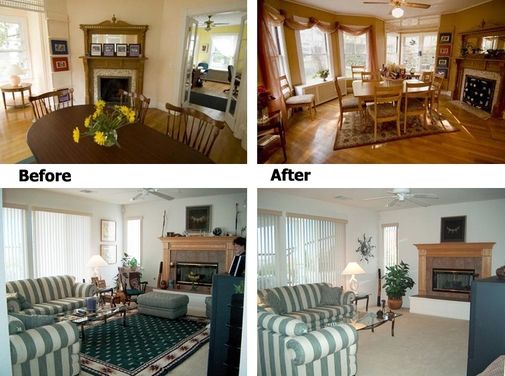
Make sure your lawn, hedges, trees, and other plants are neatly pruned, and be sure to get rid of any weeds. Wash windows well, and consider adding flower boxes to brighten them up even more. If you can, power wash your home's exterior—this can make it look almost freshly painted but with less effort and expense.
Make sure the sidewalk leading up to the house is clear and clean, and buy new doormats for the front and back doors. If you have a pool, showcase it by making sure it's crystal clear. Creating some sort of outdoor living space in the backyard, such as a deck or patio with outdoor furniture, is another way to use the exterior of your home to its greatest advantage.
12. Final Touches
Just before any open house or showing, make sure that your staging efforts have the maximum impact with a few last-minute touches that will make the home seem warm and inviting. Put fresh flowers in vases, let fresh air into the house for at least ten minutes beforehand so it isn't stuffy, light a few candles (soft and subtle fragrances only), and put new, plush towels in the bathrooms.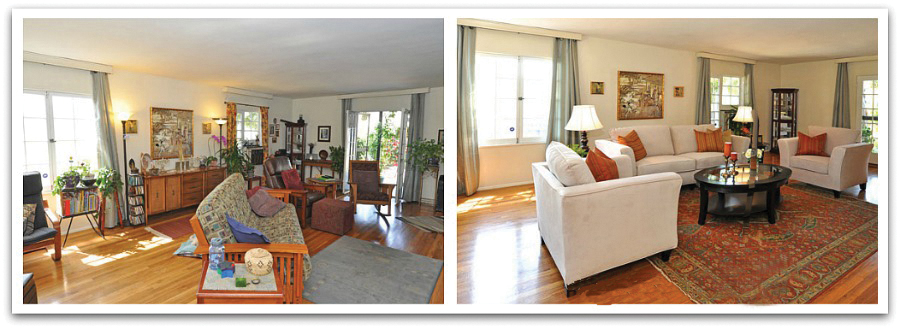
Frequently Asked Questions
What are the benefits of home staging?
A well-staged home will sell for more than one that's not been gussied up. Home shoppers, when they enter a nicely staged home, can imagine themselves living there. A home that's not staged will force a buyer to look past all of the seller's possessions to imagine the home as theirs. Photos of a properly staged home look better in online listings, which help sell the property.
How important is home staging?
Relative to the amount of time and money involved, staging may be one of the most lucrative projects you ever undertake. Potential buyers aren't just looking for a structure to inhabit—they're also looking for a way to fulfill their dreams and improve their lifestyle. Staging can create a more emotional purchase for the buyer, which ultimately can generate more money for the seller.
Is it better to sell a house empty or staged?
Some people argue that selling a house empty is better since potential buyers can better envision their own belongings and furnishings in the space and use the blank template to let their imaginations run. Plus, you would save on the costs to stage. Still, industry reports show that staged homes do often sell faster.
Plus, you would save on the costs to stage. Still, industry reports show that staged homes do often sell faster.
How expensive is home staging?
The median amount spent on home staging, when using a specialized staging service was $1,500, according to NAR's 2021 Profile of Home Staging Report. Still, a seller can spend more if needed, or if they feel the added expense will yield a better price. Expect to pay between 1% and 3% of the home's selling price on staging.
The Bottom Line
Even if you have plenty of cash, don't put too much money into the staging process. You want to emphasize the home's best features, but keep in mind that what sells the home and what makes the home usable for the buyer are not necessarily the same thing.
Overall, to get the most bang for your buck, your home staging efforts should be designed to appeal to the widest possible range of buyers. The more people willing to submit purchase offers for your home, the higher the selling price will be.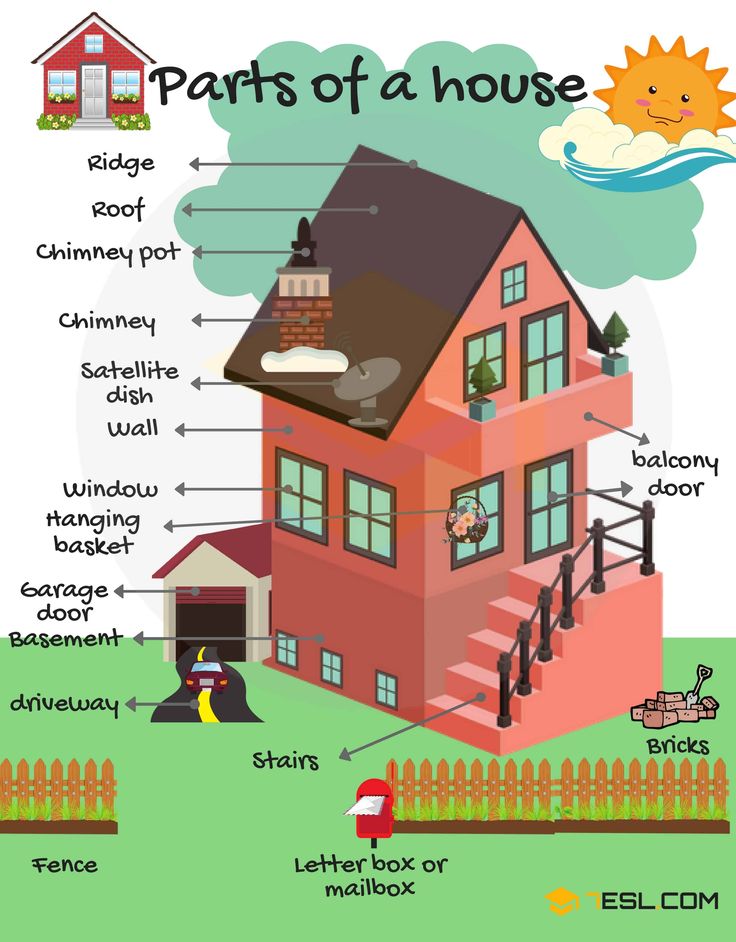
How to Stage a House to Sell
In this article:
- Why stage a home before selling?
- Staging tips for selling your home: Where to start
- How to stage your house to sell: 11 best staging ideas
- Investing in real estate staging
If the word “staging” conjures up the idea that you’re putting on a show for prospective buyers, you’re on the right track. In a well-staged home, you’re putting the home in the spotlight and inviting buyers to imagine themselves taking a starring role. To do that, you need to step behind the scenes and give buyers room to imagine themselves taking the lead as homeowner.
Here are some tips to set a scene that will leave the critics — or at least the home buyers — raving.
Why stage a home before selling?
Whether you’re going DIY in staging your house to sell or calling in a professional, taking the time to stage your home for potential buyers can be an effective way to make your house stand out against other listings in your area.
Staging your home can help potential buyers picture themselves in the space — a crucial first step in getting them to consider making an offer. And, you’ll be in good company among other sellers. According to the Zillow Group Consumer Housing Trends Report, 82 percent of urban sellers, 71 percent of suburban sellers, and 61 percent of rural sellers say that staging their home is one of the top pre-listing activities they complete.
Staging tips for selling your home: Where to start
Declutter: Go room by room, removing the items you won’t need between now and moving day. Pay extra attention to cabinets, closets, and pantries — you want to give potential buyers the impression that your home has ample storage. Not sure where to put all your extra stuff? Consider getting a temporary storage unit.
Depersonalize: Remember, potential buyers want to be able to picture themselves calling your house home, and that’s hard to do if all they see are family photos, personal items, and keepsakes. While it might be a bit emotional, take a run through your home and remove the decor items that make your house feel personally yours.
While it might be a bit emotional, take a run through your home and remove the decor items that make your house feel personally yours.
Erase signs of pets: You may love your cat, but potential buyers may not (or they may have an allergy). Make sure to clean thoroughly and remove toys, food dishes, and water bowls.
Deep clean: As your mother would say, “Clean like company is coming.” In fact, you may want to go one step further. Aim to clean to a point where it looks like nobody actually lives in the home: no smudges on the windows, no dust bunnies on the floor, no water marks on the counters. A clean home tells potential buyers that you’ve taken great care of the property.
Staging a house for sale can make all the difference in how long it stays on the market. Photo from Shutterstock.
How to stage your house to sell: 11 best staging ideas
Once you’ve decluttered, depersonalized, hidden all traces of pets, and done a better-than-spring cleaning, you can tackle the actual staging of your home. Read on for the best staging tips.
Read on for the best staging tips.
1. Increase lighting everywhere
Staging a home is no time for mood lighting. One of the first things many potential buyers comment on is the amount of light in a home. Replace any burned-out lightbulbs, swap out for higher wattage bulbs, clean your windows, open the blinds, and don’t forget to turn on the lights before any showing.
2. Create conversational furniture arrangements
Take a look at each room and play around with the arrangement of your furniture to create more conversational spaces. Point loveseats and couches toward each other, which will actually increase the amount of space in rooms. Don’t be afraid to mix things completely up. In real life, you’d probably point the couch toward the television. But staging your home for sale isn’t about living in it. It’s about selling it.
3. Stay neutral for broad appeal
Yes, that bright red accent wall really shows off your personality. But there’s only one you, and you’ve already bought this home once.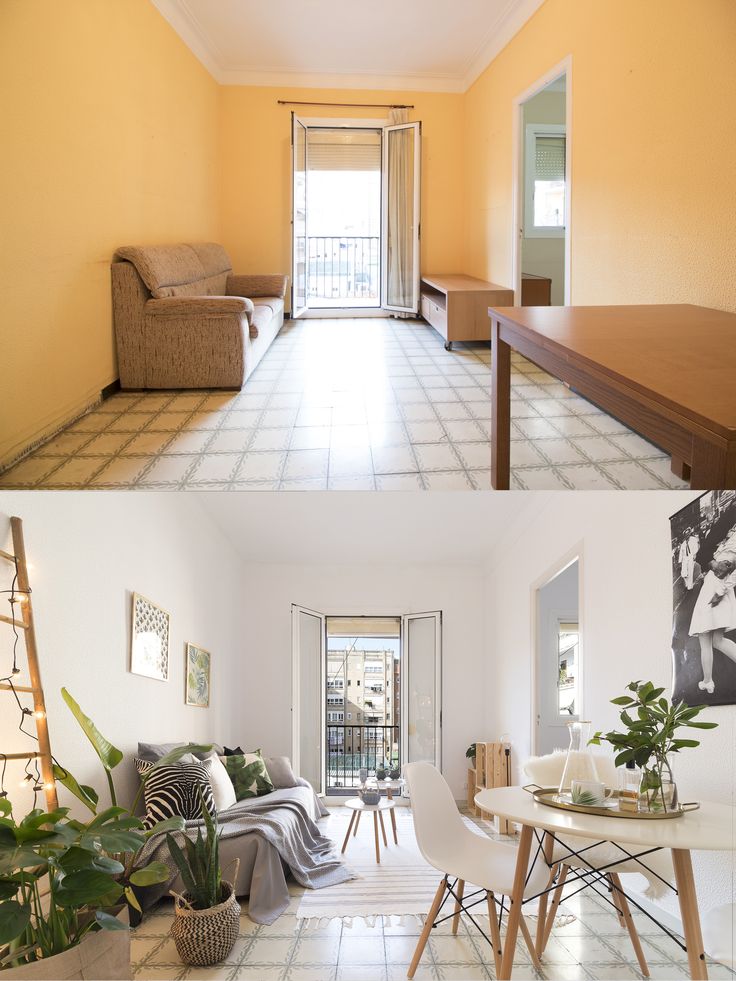 You need to tone down the colors. Neutrals are your friends. You’ll also want to make sure to keep spaces gender-neutral. Your home’s new owners won’t necessarily use the rooms (or decorate them) the same way you do.
You need to tone down the colors. Neutrals are your friends. You’ll also want to make sure to keep spaces gender-neutral. Your home’s new owners won’t necessarily use the rooms (or decorate them) the same way you do.
4. Update the finishes
Walk through your home with a critical eye, noticing little maintenance issues like a serious buyer would. It’s likely worth a Saturday of work to repaint a room, re-caulk or re-grout, strip wallpaper, or change out dated or worn hardware.
5. Take a look at the exterior
Your home’s curb appeal is the ultimate first impression. Mow your lawn, pressure wash any dingy areas, repair chipping paint, plant some flowers, and tidy up any patio furniture.
6. Arrange in odd numbers
From throw pillows to accessories and chairs to artwork, professional stagers and designers swear by decorating in threes, fives, and sevens, which gives some visual interest to otherwise symmetrical spaces.
7. Set the table
It’s a nice finishing touch that, again, can help the buyer visualize living there. Holiday dinner party, anyone?
Holiday dinner party, anyone?
8. Only style with polished accents
For example, only stage your master bath with new bath towels, or none at all. Just say no to your still-drying bath towels from this morning’s shower.
9. Make the space appear larger
Add mirrors to reflect light, swap a heavy powder room cabinet for a pedestal sink, or remove a leaf from your huge dining room table.
10. Show value in unusual floor plans
Highlight what makes your home unique and special. Add a reading nook, show the benefit of an extra storage area, or tuck a desk in an unused corner.
11. Use extra rooms deliberately
Never leave a room empty. Instead, make that unused guest room feel usable, staging it as an office, craft room, or guest bedroom — but never all of those things at once!
Investing in real estate staging
DIY home staging: Following the tips above, staging on your own is definitely an option, and it’s an affordable one. Just make sure to leave yourself enough time to finish your to-do list before your listing goes live.
Just make sure to leave yourself enough time to finish your to-do list before your listing goes live.
Partial home staging: An affordable middle-of-the-road option, partial home staging is when you do the decluttering and cleaning yourself, before bringing in a professional stager to apply the finishing touches. They’ll rearrange and reimagine your current furniture and decor in a way that’s buyer friendly. You can also hire a stager to simply do a walkthrough of your house and consult on what you should do to prepare your home for sale, and the actual staging tasks will be up to you. They typically charge between $100 and $150 an hour.
Full-service professional home staging: If you’re in a competitive real estate market, or don’t have the time to stage or interest in doing it on your own, you may want to consider hiring a full-service home stager. Some stagers charge by the room ($250-$500 a room, depending on where you live), while some charge between 1 percent and 3 percent of your home’s sale price. The price will typically include both the services of the professional stager, and the rental of all the furniture and accessories they bring with them, for a predetermined period of time (usually about a month).
The price will typically include both the services of the professional stager, and the rental of all the furniture and accessories they bring with them, for a predetermined period of time (usually about a month).
Live-in stagers: An emerging trend in high-end homes, a live-in stager is a person who, usually as part of your staging team, temporarily moves into your home after you’ve vacated. They’re tasked with making sure the home is always showing-ready, warm, and welcoming. It can be especially beneficial if you’re trying to sell a home that’s in another city.
Staging maintenance: If all goes as planned, the offers should come rolling in, and the limbo of living in a staged home won’t last too long. But consider this home staging advice to help sell your house fast:
Hire a weekly cleaner or give yourself a daily routine: You worked hard to get your house in pristine condition, so don’t let things slide over time. Either hire someone to come clean every week, or give yourself a few manageable daily tasks to keep everything in tip-top shape while you wait for that perfect offer.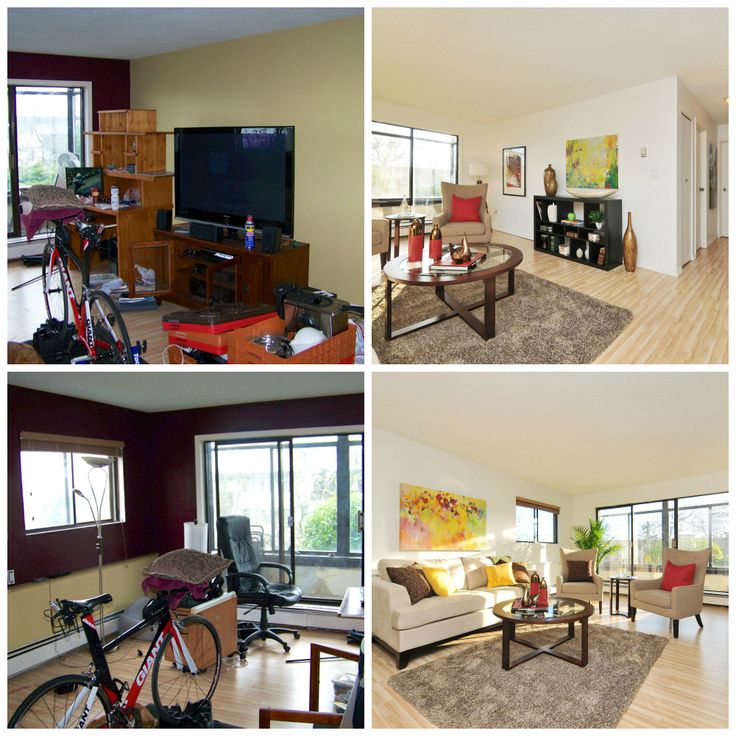
Invest in a robotic vacuum: Make technology do the work of daily vacuuming. That way, there’ll never be even a single dust bunny on the floor during a showing.
Allow extra time if you have kids: We all know that kids can destroy a perfectly clean room in a matter of minutes. So, if you have small children at home, make sure your real estate agent knows to give you at least two hours’ notice before a showing so you can tidy up and get out the door.
Get someone to watch your pets: Of course Fido would give potential buyers a warm welcome, but not everyone wants to be greeted by your pet when touring your home. Plan for someone to watch your pets — or have a to-go bag with all their supplies and take them with you — before every showing.
Photos from Shutterstock.
Registration of ownership: what documents are needed
After the purchase, any type of real estate must be registered with Rosreestr. In addition to the purchase, it is necessary to register transactions of donation, exchange, life maintenance, rent.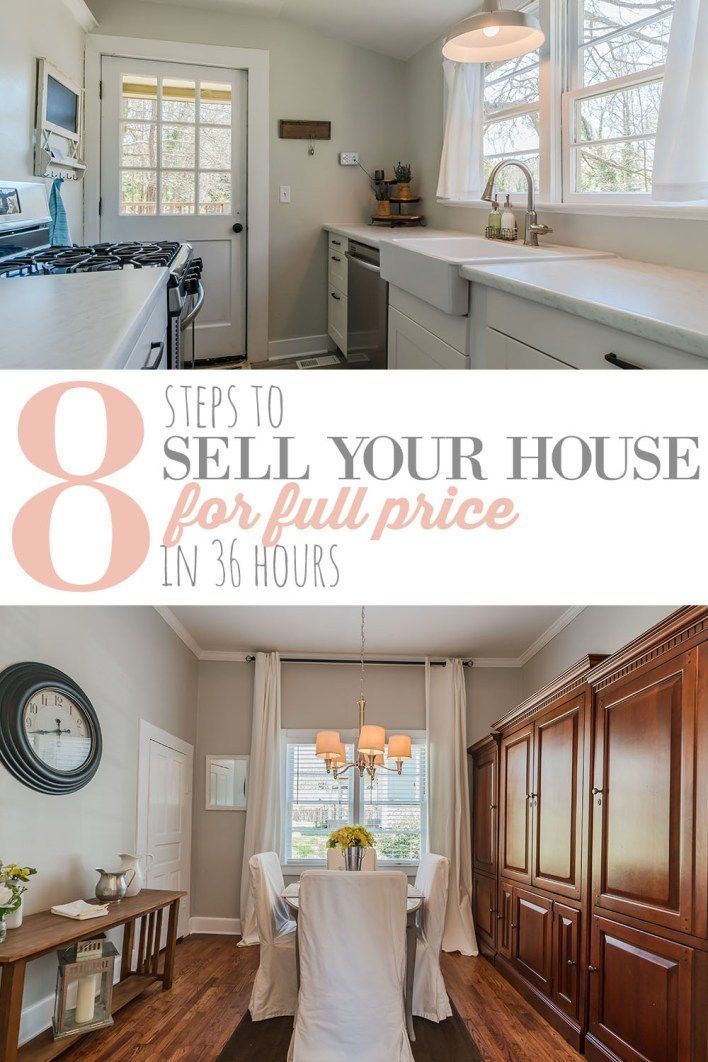 Similar rules apply to the receipt of real estate as an inheritance. In order for the registration process to be successful, it is important to carefully approach the process of collecting and processing the necessary papers.
Similar rules apply to the receipt of real estate as an inheritance. In order for the registration process to be successful, it is important to carefully approach the process of collecting and processing the necessary papers.
Ways of registering ownership
Cadastral registration, that is, entering information into the USRN - the Unified State Register of Real Estate - fixes the ownership of real estate. It is impossible to do without it, since this legal act proves that the property belongs to a specific person.
It is necessary to submit documents to Rosreestr after signing the sales contract. You can do this in the following ways:
- Personally. The most convenient way is the MFC.
- By mail. By sending all the necessary documents by mail to the address of Rosreestr at the location of the property. nine0014
- Online. Through the Rosreestr website or the State Services portal.
- With electronic registration service.
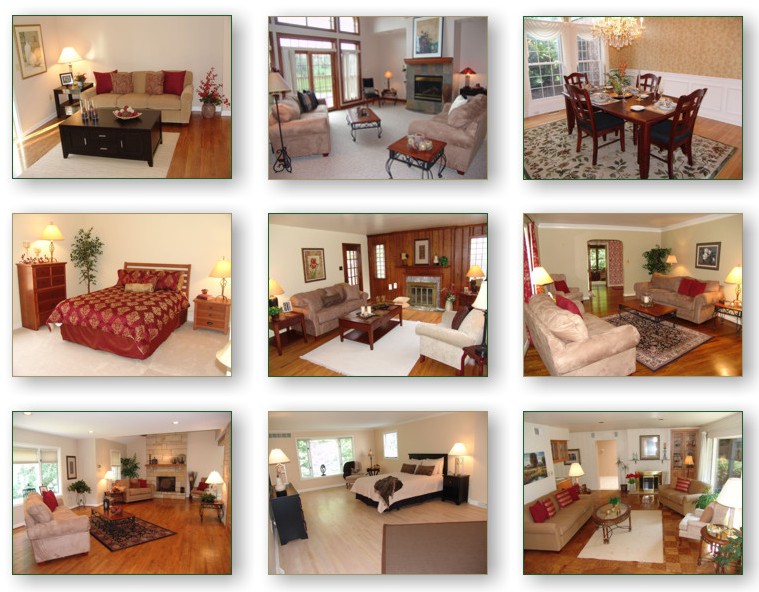
- At the notary.
Until July 15, 2016, as a confirmation of registration, owners were issued a certificate of state registration of rights. Also acted cadastral passports. Now all data is stored electronically in the Rosreestr database. The owner can order an extract from the USRN. You can do this online. The registration period is from 2 to 12 days. nine0003
Registration when buying an apartment in a new building
When buying an apartment in a new building, the procedure for registering rights is the least of all problems. Firstly, in this situation it is easier to trace the legal purity, which eliminates the need to order additional documents. Secondly, most of the paperwork preparation takes on the developer.
Here are the main documents that will be required for submission to Rosreestr:
- Application for registration of rights.
- Passport or other document that confirms the identity of the future owner.

- SNILS.
- DDU or assignment agreement.
- Transfer and acceptance certificate.
- State duty payment receipt - optional.
Registration when buying real estate on the secondary market
Buying an apartment on the secondary market involves legal risks. Therefore, in this case, more documents will be required. Some of them are required to be submitted to Rosreestr, and some should be ordered for your own peace of mind. nine0003
Extended list includes:
- Application for registration of rights.
- Passport or other document that confirms the identity of all participants in the transaction.
- SNILS.
- Sales contract (3 pieces).
- The document on the basis of which the right to property is determined.
- Transfer and acceptance certificate (3 pieces). It is not needed if it is a contract of sale.
- Current extract from USRN.
- State duty payment receipt - optional.

- Extract from the house book, issued no later than 30 days ago.
- Certificate EIRC-22 on the absence of debts for utility bills.
Registrars often limit themselves to requiring only the first 6 documents.
Registration of a land plot with and without buildings
The procedure for registering a land plot with or without buildings in Rosreestr is also necessary.
The package of basic documents includes:
- Application for registration of rights.
- Passport or other document that confirms the identity of all participants in the transaction.
- SNILS.
- Sales contract (4 pieces).
- If the owner is incompetent or underage - permission from the guardianship authorities.
- If the characteristics of the house or the details of the seller have changed, a statement of the change, as well as supporting documents.
Additional documents similar to those required when buying an apartment on the secondary market will not be superfluous. They will minimize the risks for the new owner.
They will minimize the risks for the new owner.
Registration of property in other cases
If ownership is transferred not as a result of a purchase, but in other situations, the package of papers will be different. For example, when real estate is inherited or as a result of a donation agreement. In these cases, the rights will be confirmed not by the contract of sale, but by another document. nine0003
Title documents include:
- Rent, donation, exchange agreement.
- Certificate confirming the right to inherit.
- Court decision that has already entered into force.
Another frequently asked question in which cases a transaction is required to be notarized:
- Purchase of a share.
- Several new owners.
- The apartment was bought with maternity capital.
- Deal of life maintenance, rent. nine0022
In some other situations, additional documents will be required.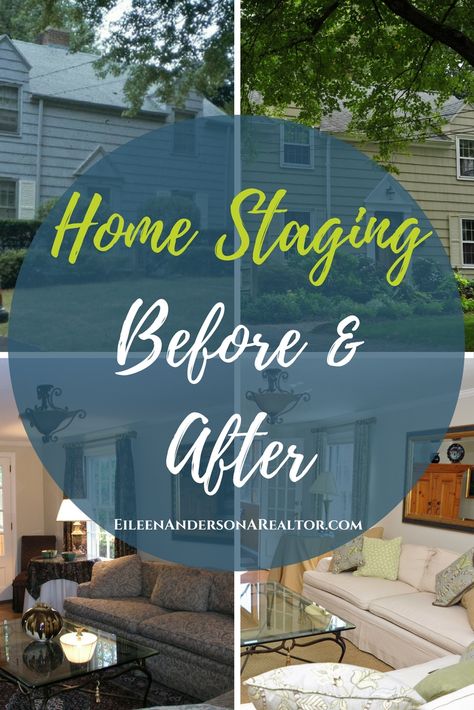
If the apartment was bought with a mortgage:
- Loan agreement (2 pieces).
- Documents on appraisal of the apartment.
- Mortgage documents.
- Spouse's consent.
If the interests of one of the parties are represented by a third party:
- A power of attorney certified by a notary, which authorizes to perform the necessary actions. nine0022
If the property owner is married:
- Spouse's consent to the sale.
- Marriage certificate.
If the owner-seller is a minor:
- Birth certificate instead of a passport for children under 14 years of age.
- Consent of guardianship authorities.
If minors are involved in the transaction:
- Birth certificate instead of a passport for children under 14 years of age. nine0014
- Documents of legal representatives.
If the owner is incapacitated:
- Permission from the guardianship authorities.
- Documents confirming the appointment of a guardian.
If the apartment was purchased with the participation of maternity capital:
- Permission from the guardianship authorities.
If a share in the apartment is for sale:
- Notarial consent of the owners of other shares. nine0022
If the apartment was received as a gift:
- Certificate from the Federal Tax Service on the absence of debts.
If the documents are sent by mail:
- Notarized signatures of the parties.
It can be difficult for an unprepared person to deal with all the subtleties when submitting documents to Rosreestr. Contacting a reliable real estate agency will allow you to quickly and competently collect all the necessary documents.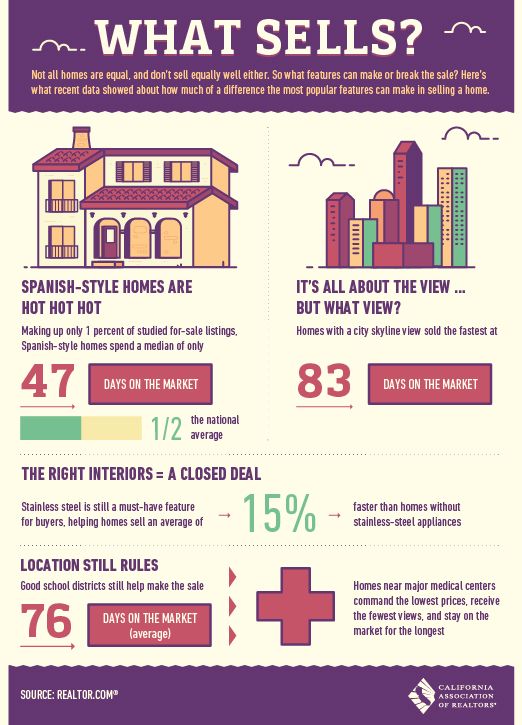 This will not only ensure the hassle-free registration of rights in Rosreestr, but also protect against the risk of running into scammers. nine0003
This will not only ensure the hassle-free registration of rights in Rosreestr, but also protect against the risk of running into scammers. nine0003
Technical plan of the house for cadastral registration
Home » Technical plan of the house for cadastral registration
The specialists of our company will perform all work with a guarantee and in a short time.
Leave a request for a free consultation, our manager will call you back!
Get a free consultation
The technical plan of a house for cadastral registration is a plan of a real estate object (or part of it) with coordinate reference to a land plot. It is a document without which registration of ownership of an apartment, cottage, garage, house - in a word, any real estate object, is not possible. Only registration with the state cadastral service allows you to perform registration actions with the object - such as pledge, sale, rent, etc. And this means that if you are going to sell, rent, mortgage your property, etc. , it is better to take care of the preparation of a technical plan in advance. nine0003
, it is better to take care of the preparation of a technical plan in advance. nine0003
There is a classification of technical plans for buildings and other real estate objects by type of object: technical plan of the house;
- technical plan of the apartment;
- technical plan of the building;
- technical plan of the garage.
Technical plans are also subdivided into:
- technical plan of a new real estate object;
- technical plan of an object under construction;
- technical plan of the property after significant changes (re-planning, additions, etc.). nine0014
Technical plan of the building for cadastral registration The technical plan for cadastral registration is an official document of the established form, which reflects all the technical information about the building, the premises in it, outbuildings, as well as unfinished parts of the building or buildings. Only with this information, you can get a state cadastral number and register an object in the state cadastre - and legally own and dispose of it. nine0003
nine0003
A technical plan is needed for commissioning an object, cadastral registration, registration of any real estate transactions (inheritance, division of property, purchase and sale, exchange, donation, lease, pledge), as well as for registration of changes in the design of premises - we are talking about various redevelopments, add-ons, etc.
Drawing up a technical plan of the premises for cadastral registration
Our company draws up a technical plan for any real estate object for its registration with the state cadastre, drawing up and obtaining a cadastral and technical passport for this object or amending an existing technical passport . The advantage of working with the company "Engineering Geodesy" are such factors as:
- prompt processing of the customer's application;
- performance of all works in the shortest possible time;
- high professionalism and extensive experience of specialists as a guarantee of the quality of the work performed;
- competitive prices; guarantee for all work.
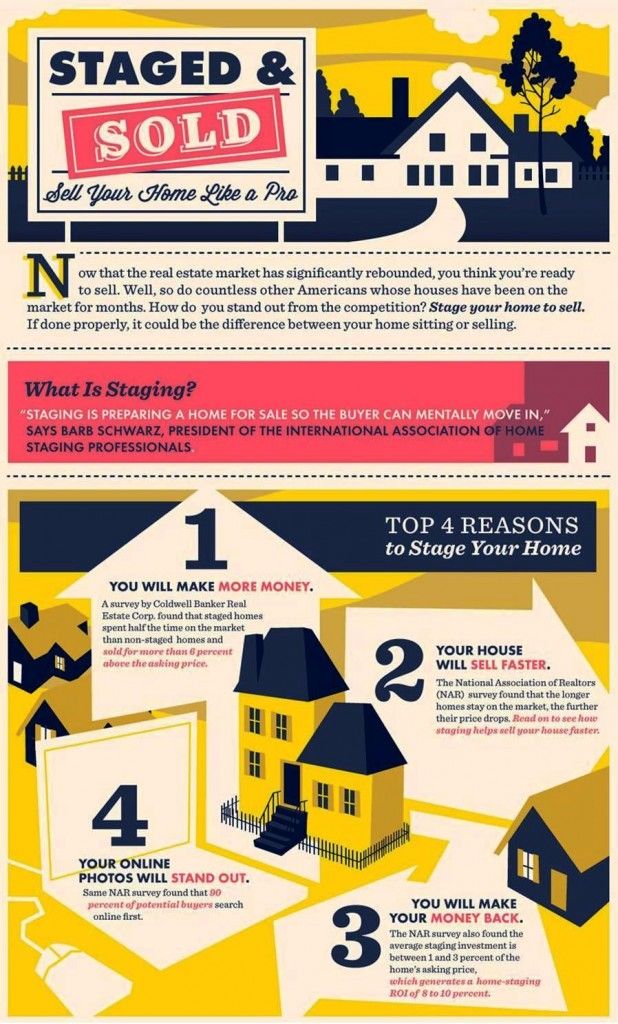
What information is contained in the technical plan for registration
The technical plan for cadastral registration contains :
- description of the location of the object on the land plot (geodetic measurements)
- drawing with turning points
- information about the customer and contractor
- object address
- appointment and total area
- description of exterior wall materials
Our company will undertake all the work of preparing documents for registration with the cadastral service of any real estate - apartments, houses, garages, buildings, structures, as well as buildings and unfinished objects.
What documents are needed for cadastral registration
In order to reduce the production time of the technical plan, it is better to prepare some documents in advance. The cadastral engineer who will be involved in the design of the technical plan will need:
- certificate of state registration of rights;
- commissioning permit;
- project documentation or BTI technical passport;
- Cadastral extract for land plot
If any of these documents are missing (for example, the building was not put into operation or was built without drawing up a project), the owner of the property fills in the Declaration and certifies it with his signature. nine0003
nine0003
We will prepare a Declaration for you and order a cadastral extract for a land plot - free of charge
Who can prepare a technical plan
Only a qualified cadastral engineer can prepare a technical plan for cadastral registration. Our company employs specialists whose activities are confirmed by a certificate and work experience of more than 20 years. The engineer not only signs the prepared documents, but also puts a personal seal. The cadastral engineer bears administrative and property responsibility to the customer of the work. nine0003
How we work
- You send copies of documents to us by mail
- Cadastral engineer examines available documents and orders missing documents
- We prepare the contract and, if necessary, we prepare the Declaration
- Specialists come to your site, sign a contract and start measuring
If all the source documents of the owner of the property are in order, then the contractor will need no more than 10 days to develop a technical plan.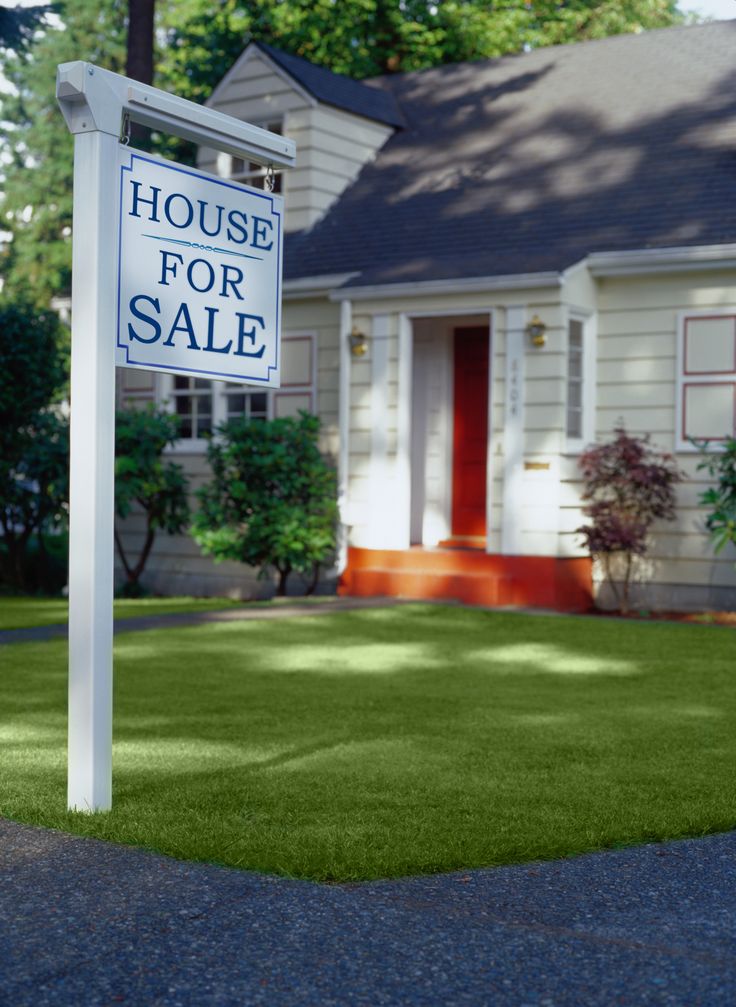 nine0003
nine0003
If you wish, you can speed up the process and in three days you can get your hands on a technical plan!!!
What to do next?
After the technical plan is ready, we give it to you in paper form with a seal and signature, and also write it to an electronic medium (CD) in XML format. Next, you apply to the cadastral chamber or a multifunctional center with these documents to complete an application for cadastral registration. The authorized body enters your property into a single register and issues a cadastral passport. If you have no time to run around and submit documents, then our company can take care of all the worries and troubles for obtaining a cadastral passport. To do this, you just need to issue a notarized power of attorney for our employee so that we can represent your interests in competent organizations and institutions, such as FGBU "FKP Rosreestra" and local authorities. nine0003
Turning to us, you will receive a fast and high-quality service - all documents will be prepared in the best possible way and in the shortest possible time.



